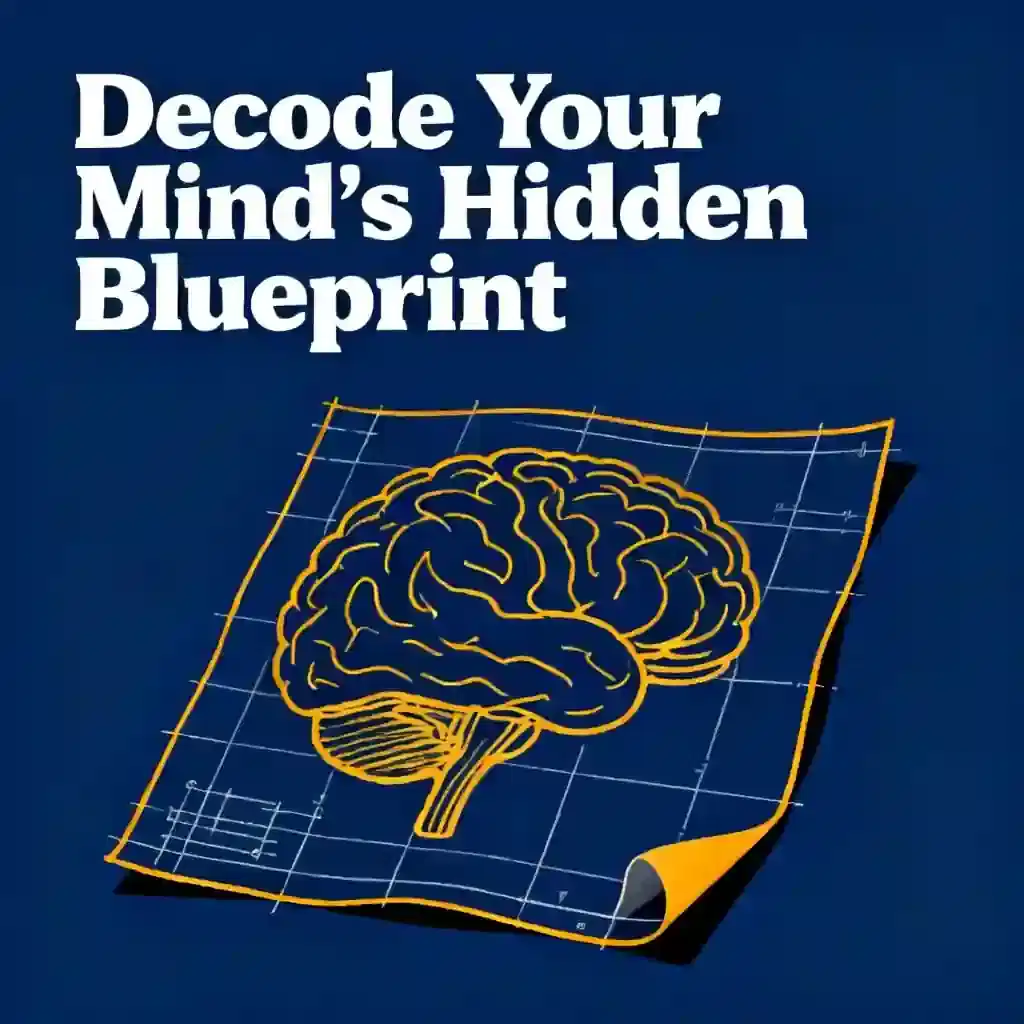What is
The Interpretation of Dreams by Sigmund Freud about?
Sigmund Freud’s The Interpretation of Dreams (1899) introduces his theory that dreams are unconscious wish fulfillments shaped by repressed desires. He distinguishes between manifest content (the dream’s surface narrative) and latent content (its hidden psychological meaning), arguing that analysis reveals insights into the unconscious mind. The book also explores mechanisms like condensation (compressing ideas) and displacement (masking true desires).
Who should read
The Interpretation of Dreams by Sigmund Freud?
This book is essential for psychology students, scholars of psychoanalysis, and readers interested in dream symbolism or Freudian theory. Its blend of case studies and theoretical frameworks appeals to those exploring unconscious motivations, though some concepts may challenge casual readers due to their complexity.
Is
The Interpretation of Dreams worth reading?
Yes, as a foundational text in psychology, it revolutionized understanding of the unconscious mind. While modern dream research diverges from Freud’s theories, the book remains vital for historical context and its exploration of symbolism, repression, and mental processes. Critics note its dated sexual interpretations, but its analytical methods influenced later psychotherapy.
What are the main concepts in
The Interpretation of Dreams?
Key ideas include:
- Manifest vs. latent content: Surface narratives vs. hidden meanings.
- Condensation: Merging multiple thoughts into a single dream image.
- Displacement: Shifting emotional focus to trivial details.
- Wish fulfillment: Dreams as expressions of repressed desires.
How does Freud explain dream symbolism in
The Interpretation of Dreams?
Freud argues dreams use symbols to disguise taboo or repressed urges (e.g., objects representing sexual themes). He interprets these symbols through free association, asserting that their meaning varies by individual context, though he acknowledges common cultural motifs.
What is the “royal road to the unconscious” in Freud’s theory?
Freud famously wrote that dream interpretation is the “royal road” to understanding unconscious drives. By analyzing dreams, he believed therapists could uncover repressed memories, unresolved conflicts, and hidden desires shaping a patient’s behavior.
How does
The Interpretation of Dreams address childhood experiences?
Freud suggests childhood memories and traumas influence adult dreams, often resurfacing as symbolic content. He posits that early experiences shape unconscious desires, which later manifest in dreams through distorted imagery.
What criticisms exist about
The Interpretation of Dreams?
Critics argue Freud overemphasizes sexual symbolism and lacks empirical evidence. Modern neuroscience questions his focus on wish fulfillment, noting dreams may reflect memory processing or random brain activity. Others critique his subjective interpretation methods.
How does Freud’s theory compare to modern dream research?
Unlike Freud’s focus on repressed desires, contemporary theories emphasize brain physiology, memory consolidation, and emotional processing during sleep. However, his work laid groundwork for exploring dreams’ psychological significance.
What is the role of censorship in Freud’s dream theory?
Freud’s “dream censorship” describes the mind’s process of distorting latent content to make repressed desires socially acceptable. This mechanism transforms taboo thoughts into symbolic, less threatening imagery within the manifest dream.
How can
The Interpretation of Dreams be applied to self-analysis?
Freud’s free association technique encourages individuals to explore dream symbols and recurring themes to uncover subconscious patterns. While modern therapy integrates broader methods, his approach remains a tool for introspection into personal conflicts or desires.
Why is
The Interpretation of Dreams still relevant today?
Despite scientific advancements, Freud’s work persists as a cultural touchstone for discussing symbolism, unconscious motivation, and psychotherapy’s origins. Its influence spans literature, film, and clinical practice, maintaining its status in academic curricula.


















